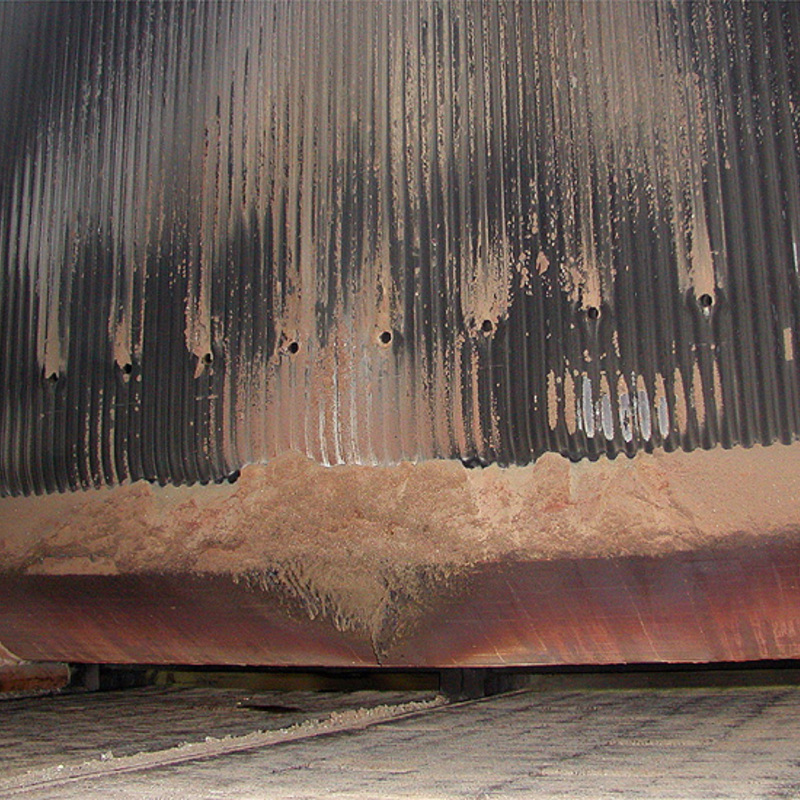How Can We Help
+48 519 821 507
contact@hosseg.com
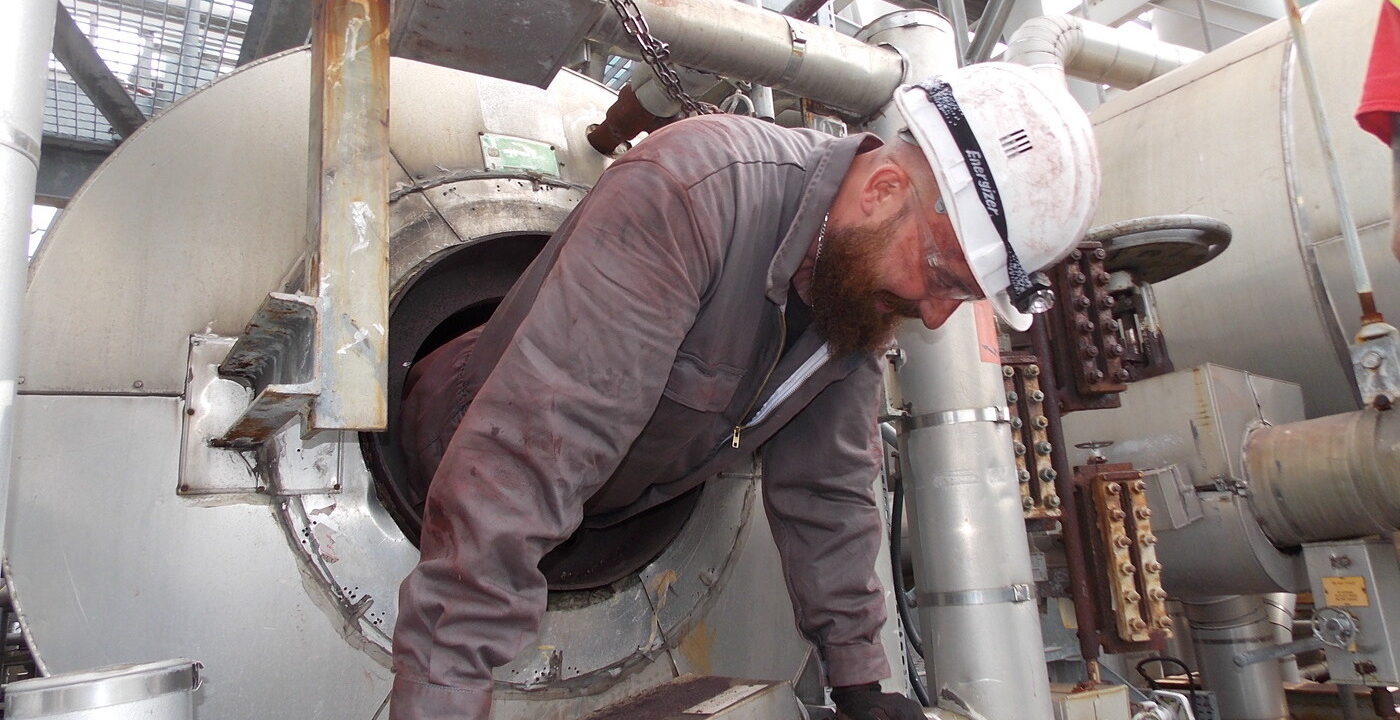
Third Party Engineering.
We provide independent technical opinions and engineering expertise to ensure compliance of projects and systems with applicable standards, regulations, and best practices. Our independent engineering opinion services include a comprehensive technical assessment of both operational and newly constructed facilities, aiding in risk evaluation, root cause analysis, and identification of potential hazards related to engineering and industrial projects. As external specialists, we offer an objective perspective and support informed decision-making.
With our consulting services, you gain confidence that your project or facility fully meets technical and legal requirements, translating into greater safety, efficiency, and system reliability. We offer assistance at every stage of a project’s lifecycle—from planning and design, through construction, to operation, modernization, and maintenance.
Leveraging our experience and expertise in engineering, we help manage risks and make critical technical decisions, giving our clients assurance that their projects are executed safely and efficiently. Our opinions are always objective, based on thorough technical and economic analysis, which we provide to clients along with a detailed report.
Visual inspection of the coal-fired boiler
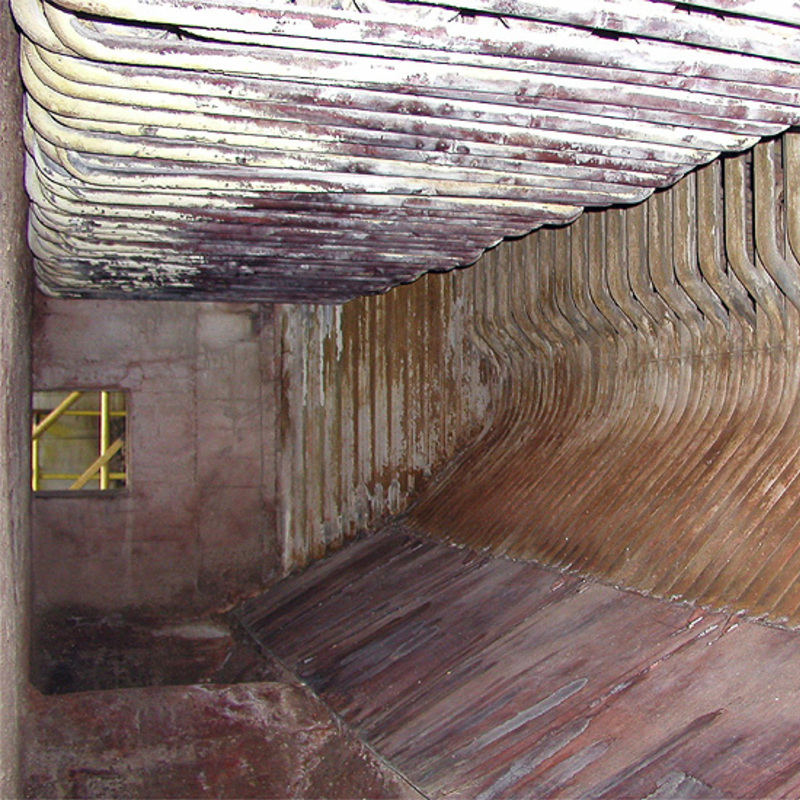
Supervision of boiler component fabrication
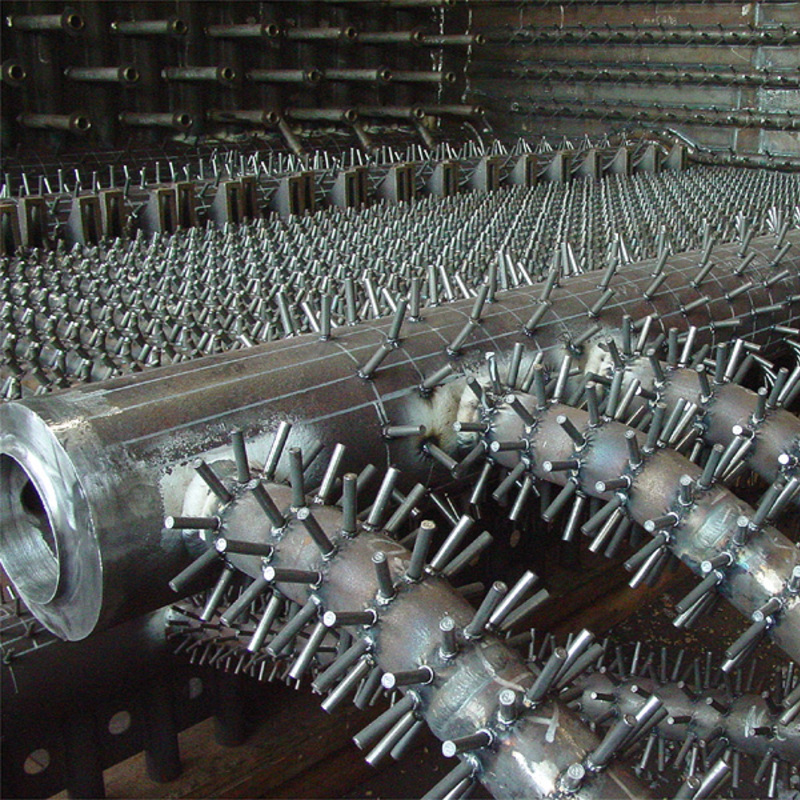
Control of the manufacturing process for water tube bundles
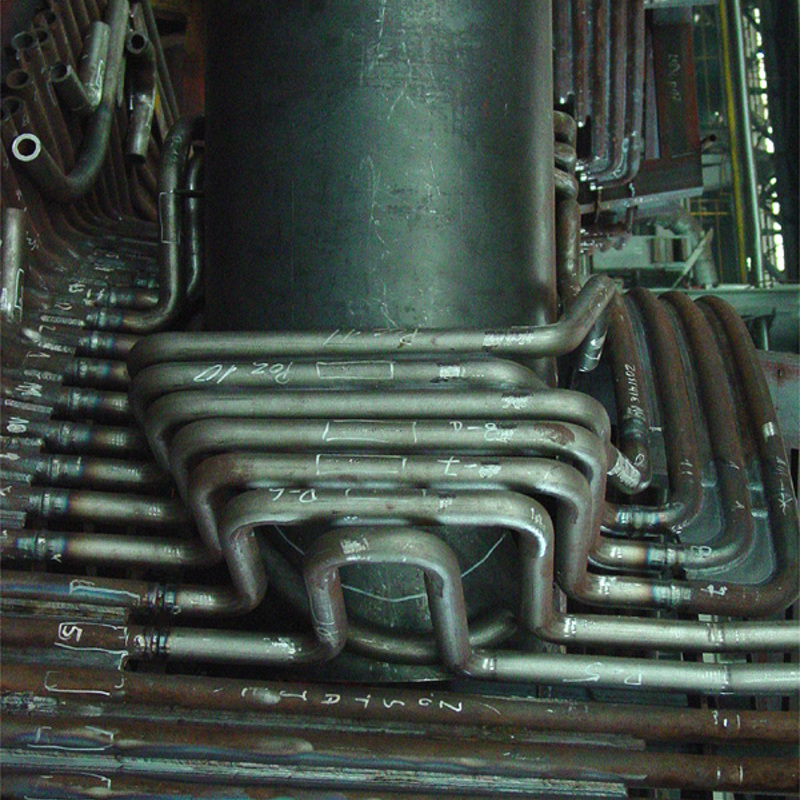
Visual inspection of a coal boiler's membrane wall
